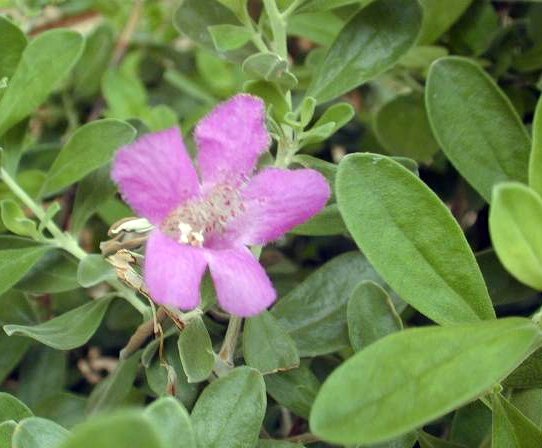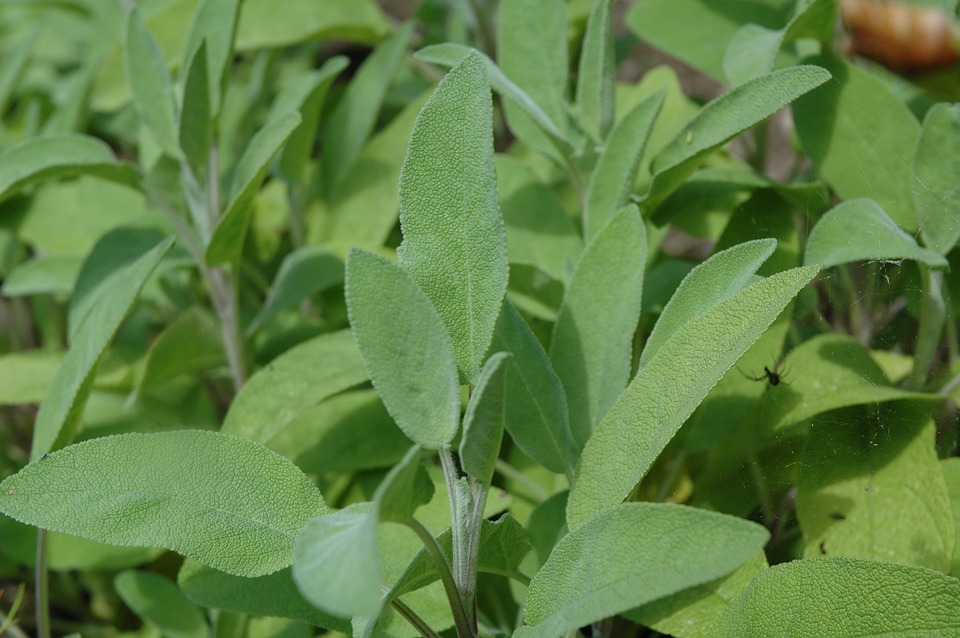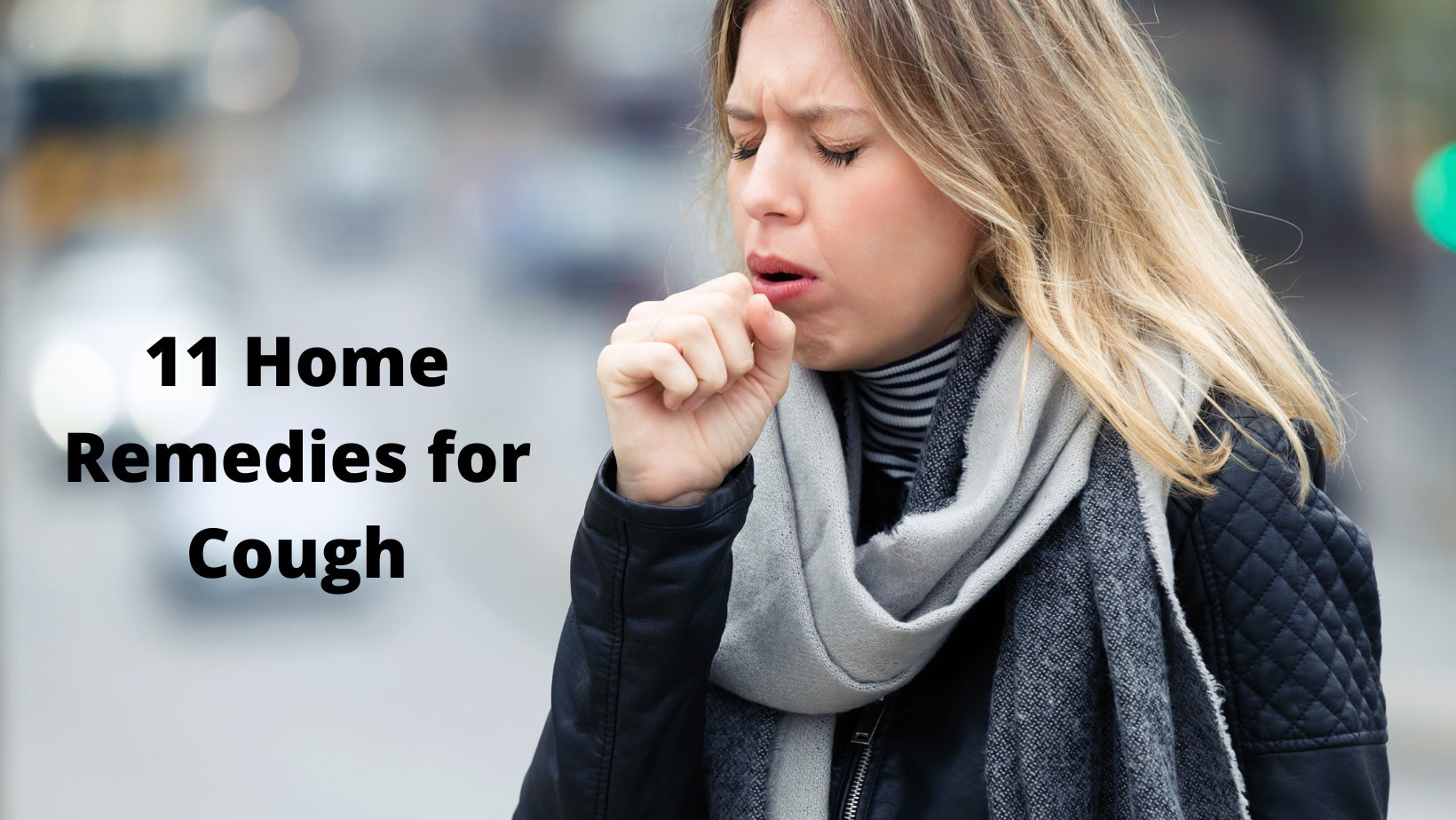7 HEALTH AND nutritional BENEFITS OF SAGE

ORIGIN, DISTRIBUTION AND COMPOSITION
Sage or Salvia officinalis is an evergreen woody-stemmed shrub which grows up to 60 cm high. It has greyish green stalked slender leaves, rough in texture. The flowers are purplish blue in colour. The dried Sage herb is grey, tinged with green. It has strong spicy aroma and a slightly bitter and astringent taste.
It has a centuries-old reputation of having a beneficial influence on the brain, nerves, eyes and glands.
It contains a volatile oil, resin, tannin and a bitter principle. The oil is composed of camphor, salvene, cineol and pinene. The fresh leaves are rich source of vitamin A and C.
Healing properties of Sage

The herb has always played a great part in the history of botanic medicine. The Chinese adage 'sage for old age' sums up its healthful qualities.
It has a reputation to retard old age, restore energy and aid digestion. In pharmaceutical writings, the herb is listed among the natural antiseptics.
1. Memory
The herb is considered very useful in failing memory. The herb acts on the cortex of the brain thereby eliminating mental exhaustion and improving concentration.
2. stress
Tea prepared from the leaves of the herb is beneficial in coping with stress. It can be prepared by pouring a cup of boiling water over 1 teaspoon of dried herb leaves with lid on.
It should be infused for few minutes before straining and sweetening with honey, if desired. In case of fresh leaves, a tablespoon of chopped leaves can be used and tea prepared similarly.
3. infections
Leafy sprigs of the herb were among the strewing herbs spread on the floors of old manors, for it was believed to be an antiseptic to guard against plague and other infections.
4. premature greying of hair
The herb is useful in preventing grey hair if blended in hair tonics.
5. sore throat
The herb is known for its healing action on the throat and mouth. Gargles and mouthwashes use it as the principal ingredient. Leaves rubbed on the teeth regularly help to keep them sparkling white and strengthen the gums.
To treat sore throat, half a litre of boiling water should be poured on a handful of leaves. When moderately cool, a little vinegar and honey should be added. This mixture should be used as a gargle. While gargling, a teaspoon of this mixture can also be taken internally.
6. menopause symptoms
Hormone estrogen declines during menopause causing symptoms like hot flashes, excessive sweating. Studies shows that sage helps in reducing the menopausal symptoms like hot flashes and excessive sweating as it acts like estrogen.
In one study menopausal women, when supplementing with sage for 8 weeks, showed 50 percent decline in symptoms after 4 weeks and significant decrease in frequency and intensity of hot flushes in 8 weeks.
7. culinary uses
It is one of the most popular herbs used in culinary preparations in the west. It helps counteract the harmful richness of foods like pork, goose, duck and oily fish.
It also combines well with dairy foods, bean and pea soups. Dried and powdered leaves are mixed with cooked vegetables and sprinkled on cheese dishes. Fresh leaves are used in salads and sandwiches.
Have A Great Healthy Recipe Using This Herb?
Do you have a great recipe using the above mentioned herb that you would like to tell, may be your mothers or grandmothers favourite? Share it!



